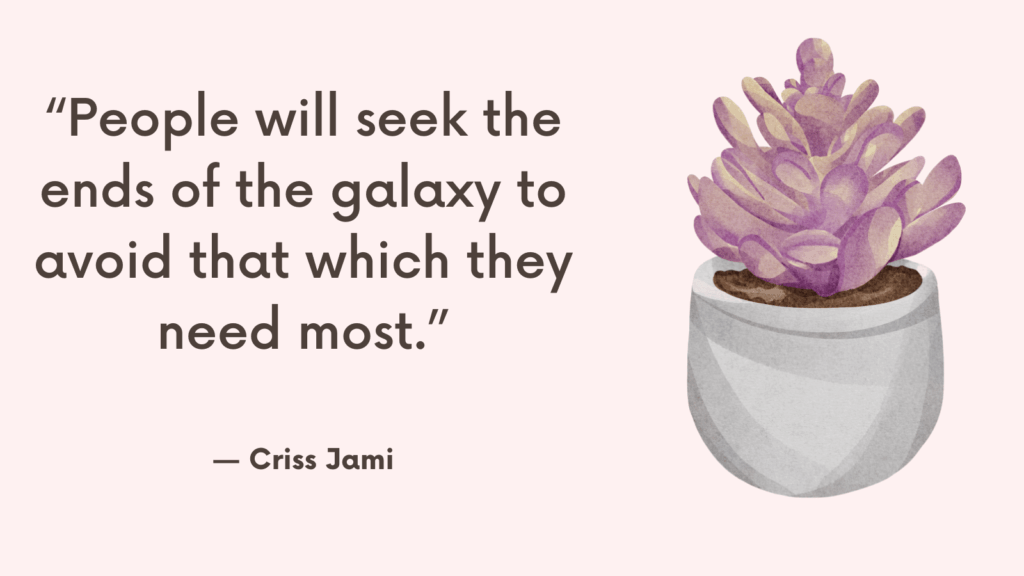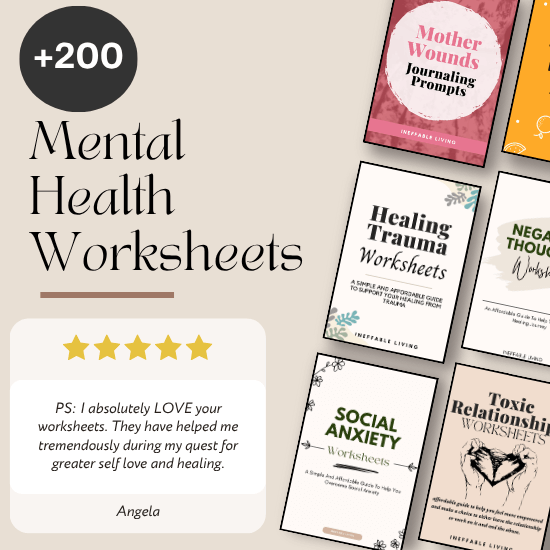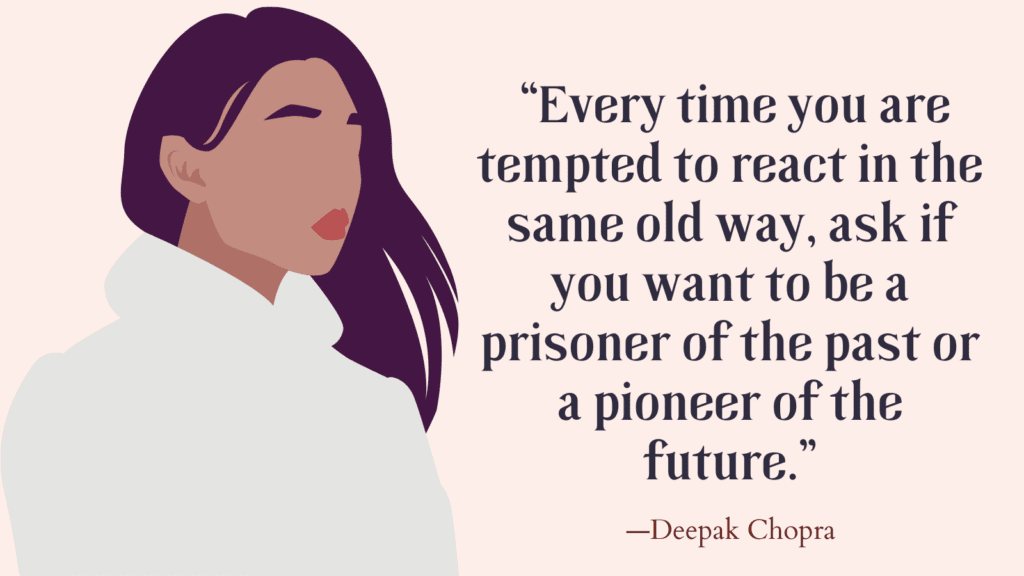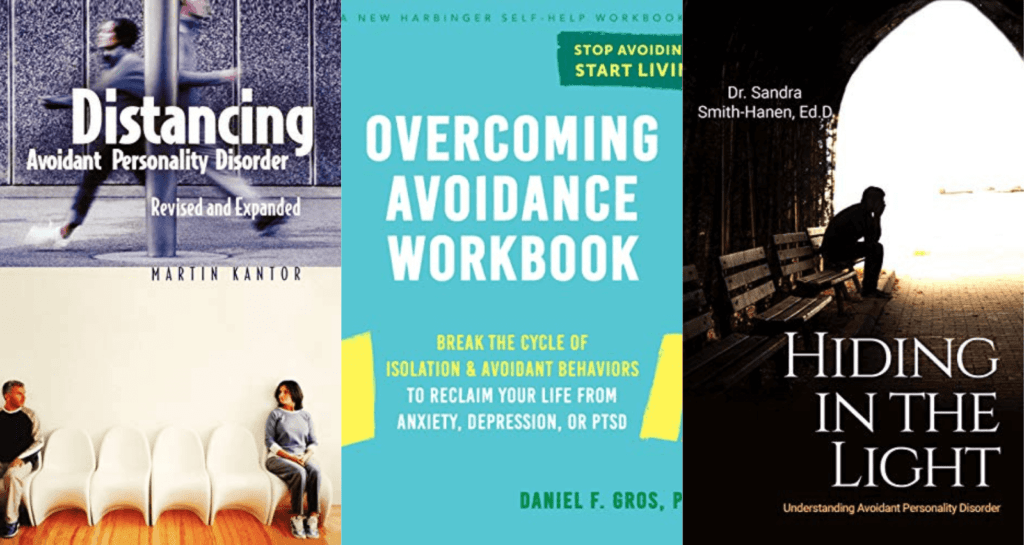You know what you want to do — apply for the job, set the boundary, start the project, speak up, walk away — but something inside you freezes. You wait. You hesitate. You tell yourself you’ll move when you feel ready.
But that day never quite comes.
The truth is, readiness is a feeling that often follows action — not one that precedes it. If you’ve been stuck in the space between intention and movement, here’s how to gently shift into motion even when your fear says, “Not yet.”
What Taking Action Without Feeling Ready Doesn’t Mean
It doesn’t mean rushing blindly.
It doesn’t mean pretending you’re fearless.
It doesn’t mean ignoring your intuition.
It means acknowledging your fear — and still choosing to take the next step in alignment with your growth.
Why We Wait to Feel Ready
- We’re afraid of failure or rejection
- We want guarantees before we risk anything
- We think we need more time, more healing, more proof
- We’ve learned to equate discomfort with danger
- We confuse readiness with perfection
But most life-changing actions happen before we feel totally confident. Most growth begins in uncertainty.
Related: Best 15 Books About Fear
What It Looks Like in Real Life
- Applying for the job even if you don’t meet every requirement
- Saying yes to an opportunity even if you’re nervous
- Having a hard conversation even if your voice shakes
- Starting the creative project even if you feel unqualified
- Asking for support even if you’re scared to be seen
These are all moments of courage. Not because you felt ready — but because you chose to move anyway.
How to Take Action Even When You Don’t Feel Ready?
1. Accept That Fear Doesn’t Mean Stop
Fear is a normal response to anything new or vulnerable. But fear isn’t a signal to freeze — it’s a signal that something matters. If you wait until the fear is gone, you might wait forever. Try telling yourself, “I can be scared and still take the next step.”
2. Let Go of the Myth of “Perfect Readiness”
You don’t need to feel 100% confident, certain, or qualified. Most people don’t. Readiness is often a story we create to delay discomfort. Try replacing “I’m not ready” with “I’m willing to begin.” Willingness is more honest — and more powerful.
3. Focus on the Next Tiny Step
Don’t think about finishing the whole thing. Think about one small, doable action. One email. One call. One sentence. One five-minute effort. Clarity and courage build with momentum, not with overthinking.
Related: Top 10 Social Withdrawal Signs — & How To Social Isolation? (Hikikomori Syndrome)
4. Make It Feel Safe Enough, Not Perfectly Safe
Your nervous system may resist anything unfamiliar. To calm it, ground yourself. Take a breath. Remind yourself where you are. Offer reassurance: “This is new, not dangerous. I’m okay to try.” Safety isn’t the absence of risk — it’s the presence of self-trust.
5. Rewrite the Narrative of Readiness
Notice what “not ready” actually means in your body and mind. Is it fear of failure? Rejection? Judgment? Disappointing yourself? Give that fear a voice — then give your inner strength one too. Say, “I hear the fear, but I choose growth.”
6. Celebrate Starting — Not Just Finishing
Every time you take action, acknowledge it. You showed up. You did something brave. Let that be enough. The more you associate action with emotional reward, the more naturally you’ll move next time.
7. Make Room for Imperfection
You won’t do it perfectly. You might stumble. That’s not failure — that’s proof that you’re growing. Don’t aim to impress. Aim to progress. Mistakes aren’t the end of readiness — they’re how readiness is built.
Related: Best 9 Tips On How To Stop Avoidance Cycle (+FREE Worksheets PDF)
8. Anchor Back Into Why It Matters
Fear says, “This could go wrong.” Courage says, “This is worth doing anyway.” Reconnect with your why. What are you moving toward? What would staying stuck cost you? Let purpose be louder than doubt.
What You Gain by Acting Before You Feel Ready
- You build confidence through experience
- You prove to yourself that fear isn’t a stop sign
- You learn faster by doing than by overthinking
- You grow your tolerance for uncertainty
- You shift from surviving to actively shaping your life
Related: The Difference Between Coping & Escaping
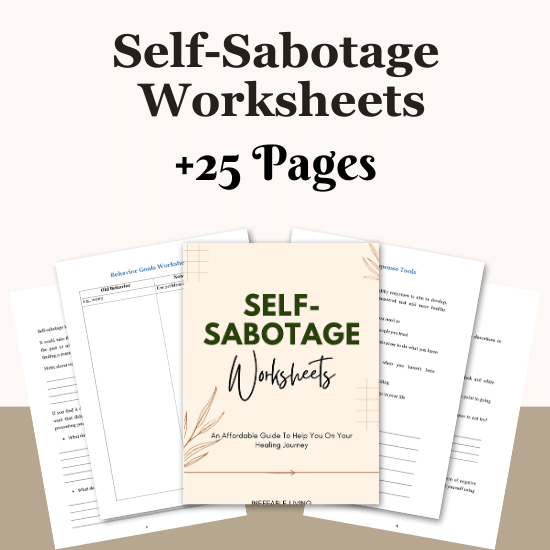
Conclusion
You don’t need to wait until you feel totally confident to act. You only need to feel grounded enough to begin. Readiness isn’t a doorway you walk through — it’s a state you create by taking one small, imperfect step at a time.
You are allowed to begin before you feel ready. You are allowed to try. You are allowed to be scared and still move forward. And when you do, you’ll realize: you were more ready than you thought.
